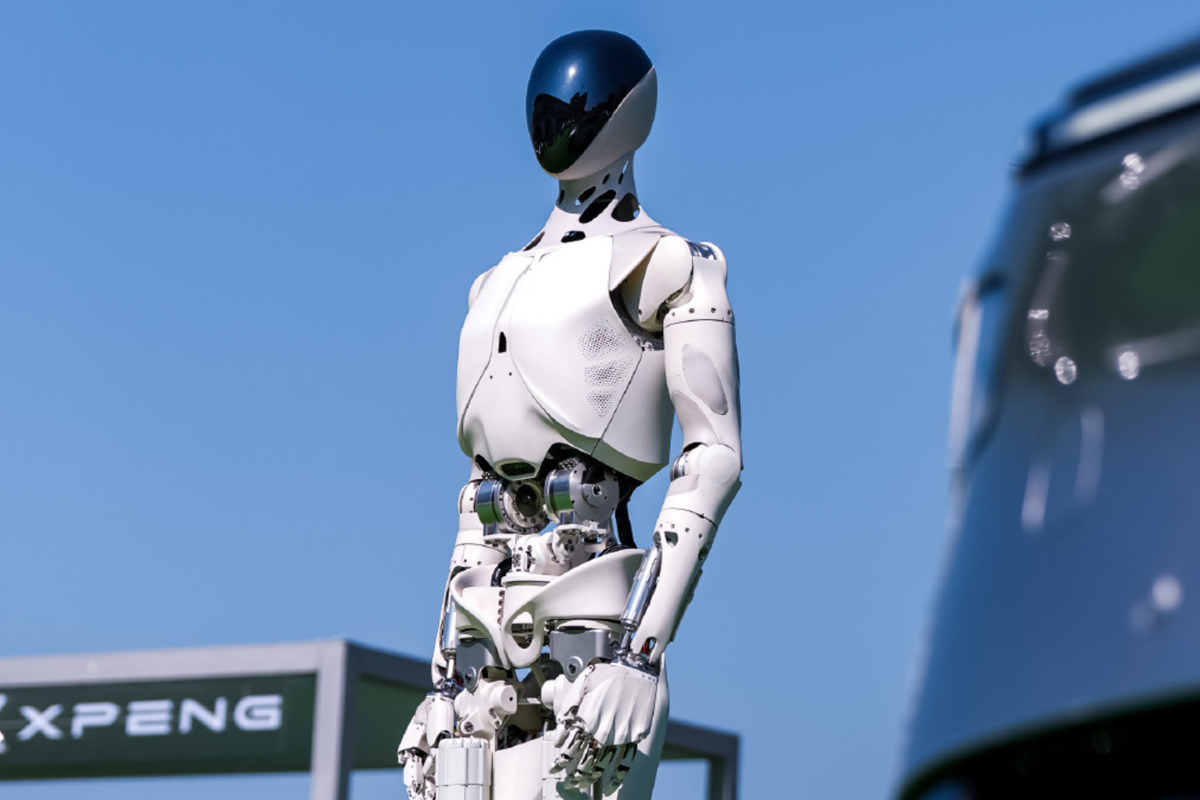When XPeng introduced its humanoid robot IRON, its human-like gait immediately sparked skepticism online – until CEO He Xiaopeng unzipped the robot’s back and cut open its leg on stage, revealing not motors or linkages but a high-density photopolymer lattice.This structural lattice, produced by light-curing additive manufacturing, functions as the robot’s bionic muscle system, capable of elastic deformation and load bearing without discrete mechanical joints.
The demonstration unexpectedly spotlighted a major industrial frontier: photopolymer elastomer 3D printing for soft robotic actuation.
Why Humanoid Muscles Require Additive Manufacturing
Bionic actuators must reproduce a continuum of stiffness – soft and compliant near the surface, rigid along load paths. Traditional molding or multi-material lamination cannot achieve such spatially graded mechanical properties without interface weakness and high tooling complexity.
In contrast, SLA/DLP printing enables stiffness control through geometric programming of lattice architecture.By varying unit-cell topology, relative density (20-80%), and orientation, a single resin can produce moduli spanning several orders of magnitude – typically 0.05-5 MPa in a single build. This allows one photopolymer to replicate both muscle-like elasticity and tendon-like rigidity.


Recent Research and Experimental Evidence
EPFL Elephant Robot – Science Advances 2025
Researchers at the École Polytechnique Fédérale de Lausanne printed a full elephant-shaped soft robot using a single light-curable elastomer (Formlabs F80).
-
- Methods: Dual design strategies – Topology Regulation (TR) and Superposition Programming (SP) – created over 10⁶ unique lattice variants by blending bcc and X-Cube cells.
- Mechanical range: Elastic modulus 25-300 kPa, shear modulus 1.4-40 kPa.
- Performance: The printed trunk achieved three independent motion modes (twist, bend, spiral) in one print; the legs supported >3× self-weight and walked at 7.5 mm s⁻¹ without structural failure.
- Significance: Demonstrated continuous stiffness gradients using one resin, one printer, no assembly.

DLP-Printed Flexible Devices – Nature Microsystems & Nanoengineering Review, 2025
This review consolidated over 180 studies on DLP-based flexible systems, classifying them into:
-
- Soft actuators (pneumatic and stimuli-responsive) using grayscale exposure to print modulus gradients within ±30 µm resolution;
- Integrated sensors based on ion-conducting hydrogels and elastomer composites;
- Energy devices such as stretchable supercapacitors and nanogenerators.The paper emphasized DLP’s potential for multi-material integration, embedded sensing, and functional lattices – forming the foundation for next-generation soft and humanoid robots.

Collectively, these works converge on one conclusion:
Light-cured elastomer 3D printing provides the only current manufacturing route capable of producing continuous mechanical gradients within a monolithic structure.
Implications for the Additive Manufacturing Industry
The lattice revealed inside XPeng IRON was more than an engineering curiosity – it was evidence that additive photopolymer elastomers are transitioning from lab research to robotic production.For manufacturers and designers, this paradigm offers:
- Geometry-driven property control across multiple scales;
- Superior fatigue resistance from micro-smooth lattice beams;
- Simplified assembly through monolithic fabrication;
- Scalability via high-throughput DLP projection systems.
As materials evolve toward wider modulus ranges (kPa → MPa) and printers expand to larger build volumes, photopolymer lattice printing is positioned to become a foundational technology for humanoid robotics, exoskeletons, and soft automation systems.